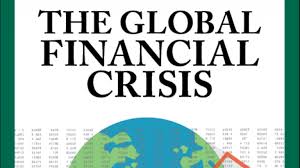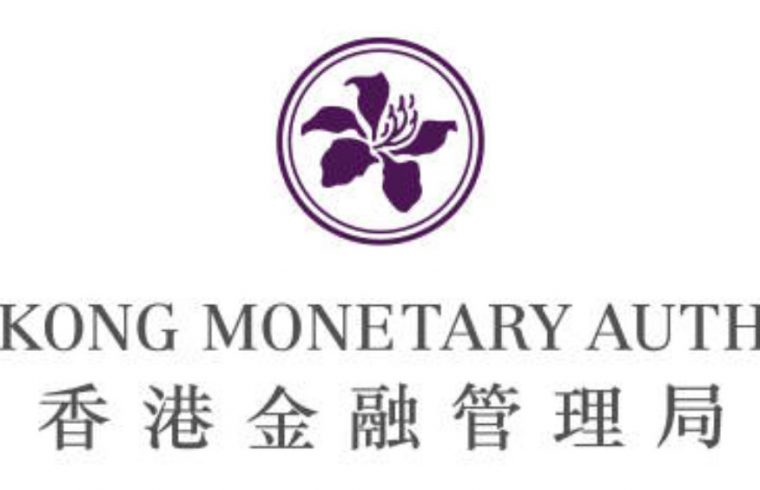- Good morning, President Bullard, Director Hirtle, ladies and gentlemen. Welcome to this conference jointly organized by the Federal Reserve Bank of New York and the Hong Kong Monetary Authority. I would especially like to thank our overseas guests who have travelled a long way to be with us today.
- Over the past 40 years, the global economy has undergone impressive growth and transformation. From 1980 to 2018, PPP-adjusted real per capita GDP in advanced economies and emerging market economies have increased by 94% and 205% respectively1, driven by globalisation, open markets, technological advancements, and the general trend of falling inflation.
- But the news is not all good. While the world economy has done well on the whole, economic inequality has widened noticeably at the same time. Just take a look at the Gini coefficient, which is a commonly cited measure of income inequality. In Hong Kong, the Gini coefficient has risen steadily from 0.476 in 1991 to 0.539 in 2016, whereas in the US, it has increased from 0.449 in 1991 to 0.519 in 2015.2 Economic inequality causes social divisions, with the rise in populism especially in the US and Europe being one of the unwelcome symptoms, and it also affects development and growth in the longer run. Indeed, problems with income and wealth disparity have become so acute that it has recently triggered a debate on the “crisis of capitalism”. IMF Managing Director Christine Lagarde, when presenting her Global Policy Agenda at the IMF Spring Meetings last month, also pointed out that the rewards of economic growth have not been shared, and called for a “new multilateralism” which will, among other things, foster inclusion.
- With so much at stake, policymakers simply cannot brush aside the issue of the widening gap between the “haves” and the “have-nots”. Over the past two years, I have been talking about, on different occasions, how globalisation, technological innovation and monetary policy may have affected distribution of income and wealth. Today I wish to offer some further thoughts about the distributional consequences of monetary policies: what has happened so far, and the way forward for policymakers.
The distributional effects of unconventional monetary policies

- While there is no doubt that unconventional monetary policies (UMPs) have helped stabilise the financial system and supported economic recovery after the Global Financial Crisis (GFC), many have argued that the economic or financial benefits created by UMPs have not been shared evenly. Some studies have highlighted that UMPs disproportionately enrich the “haves”, as they tend to hold more assets such as stocks and properties that benefited most from UMPs.3 Hong Kong has been experiencing this trend, especially in the housing market. With a prolonged period of close-to-zero nominal interest rates and negative real mortgage rates, Hong Kong’s housing prices have been rising for over 10 years. This has eroded housing affordability and widened significantly the wealth gap between home owners and those who have yet to buy a home. How should central bankers and policymakers think about this important issue and what can be done about it? We have lined up a couple of presentations focusing on housing today and tomorrow, which I hope will shed some light on policymaking in this area.
- Having looked at UMPs’ implications on asset prices, let’s now turn our attention for a moment to labour income. To the extent that UMPs have driven aggregate improvements in the labour market in terms of job creation, they have nonetheless failed to benefit some segments of the workforce that are the most in need. For example, many of the jobs created are low-paying and/or part-time in nature. To be sure, wage growth among lower-skilled workers has outpaced that of supervisory staff in recent quarters, in the US at least, but this is likely a reflection of cyclical labour shortage in the low-skilled sectors rather than a sustained trend. Indeed, it is worth bearing in mind the bigger picture that UMPs did not help arrest the trend of a falling labour share of income, which emerged in the US since the 1970s, well before the GFC. It is clear that UMPs should not take all the blame, but it is true that the combination of stagnant wages, very low interest income and rising asset prices has fuelled the populist sentiment in many places, especially in the advanced economies.
Questions for the future design and implementation of monetary policies
- Ladies and gentlemen, as we continue to fortify the global financial system and economy against downside risks, a crucial question is how monetary policy, in conjunction with fiscal policy, may cause significant distributional effects on different segments of the society. It may be worthwhile to rethink how the monetary and fiscal policies can be modified to take better care of the less privileged or those who have been left behind.
- The theme of our conference is monetary policy and heterogeneity, and I am glad that so many accomplished economists and researchers have assembled in Hong Kong to deliberate on issues relating to the distributional consequences of monetary policy. I hope that the discussions will be fruitful in helping us better understand these important issues. Thank you.












